Halloween Safety: Keeping Kids Safe and Sound
Halloween is one of the most exciting times of the year for kids, filled with costumes, candy, and a bit of spooky fun. However, amidst all the excitement, it’s crucial for parents to prioritize their children’s safety. This article explores essential tips and strategies for ensuring children's safety during Halloween festivities, from costume choices to trick-or-treating guidelines, helping parents create a secure and enjoyable experience.
When it comes to Halloween, the right costume can make or break the night. But it’s not just about looking cool; it’s about staying safe. First and foremost, consider visibility. Dark costumes may look eerie, but they can also make it hard for drivers and other pedestrians to see your little ghosts and goblins. Opt for costumes that are bright or include reflective materials. Comfort is another key factor; if a costume is too tight or too loose, it can lead to trips and falls. Lastly, check the materials. Avoid anything that could catch fire easily, and steer clear of masks that obstruct vision. Remember, a safe costume is a happy costume!
Establishing clear rules for trick-or-treating can enhance safety and ensure a fun experience. Discuss age-appropriate boundaries with your children. For younger kids, it’s best to keep the route short and stick to familiar neighborhoods. Older children, on the other hand, may want to venture further, but set curfews and check in regularly. Group supervision is essential; kids should always go out in groups, as there’s safety in numbers. Also, remind them to stay on well-lit streets and avoid shortcuts through alleys or unlit areas. By setting these guidelines, you can help your kids enjoy Halloween while minimizing risks.
Different age groups have varying safety needs during Halloween. Tailoring activities to suit children's ages helps ensure they can participate in Halloween festivities safely and enjoyably. For instance, toddlers might enjoy a small neighborhood stroll with parents, while tweens may prefer to go out with friends. It’s important to recognize that older children can handle more responsibility, but they should still be reminded of safety practices to keep them out of harm’s way.
Younger children require close supervision during Halloween. Parents or guardians should accompany them while trick-or-treating, helping to navigate the streets and ensuring they stay safe from potential dangers. It’s not just about keeping an eye out for traffic; it’s also about monitoring interactions with strangers and ensuring they don’t wander off. A simple rule of thumb: if you can’t see them, they can’t see you!
Encouraging kids to trick-or-treat in groups fosters safety. Friends can look out for one another, making the experience more enjoyable while reducing risks associated with going out alone. Plus, it’s more fun to share the excitement of collecting candy and showing off costumes. Consider organizing a neighborhood group to enhance the sense of community and safety.
Costume safety is paramount for Halloween fun. Here are some tips to keep in mind:
- Choose flame-resistant materials to reduce fire hazards.
- Ensure costumes fit properly to avoid tripping.
- Incorporate reflective elements to enhance visibility.
By following these safety tips, you can ensure that your child’s Halloween is as safe as it is enjoyable!
Ensuring the safety of treats is vital. Parents should inspect all Halloween snacks for potential hazards and educate children about not accepting food from strangers. After all, not all treats are created equal! It’s essential to teach children to be cautious and only accept treats from trusted sources. Moreover, consider discussing the importance of not eating any candy until they get home and it’s been inspected.
Inspecting candy after trick-or-treating helps ensure children’s safety. Parents should check for tampering or allergens, teaching kids the importance of being cautious with their treats. Look for any signs of damage or unusual packaging, and educate your children about the importance of saying “no” to treats that look suspicious.
Offering healthy alternatives to traditional treats can promote better eating habits. Consider giving out non-candy options, like stickers, temporary tattoos, or small toys, to create a fun and safe Halloween experience. These alternatives are not only safer but can also be just as exciting for kids, ensuring that Halloween remains a joyous occasion without the sugar overload.
Q: What should I do if my child gets lost while trick-or-treating?
A: Establish a meeting point before heading out. If your child gets lost, they should know to go to that spot and wait for you.
Q: How can I make my home safer for trick-or-treaters?
A: Ensure walkways are clear of obstacles, keep your porch well-lit, and consider using non-slip mats to prevent falls.
Q: Is it safe to let my child trick-or-treat alone?
A: It depends on their age and maturity level. Younger children should always be accompanied by an adult, while older kids can go in groups with established rules.
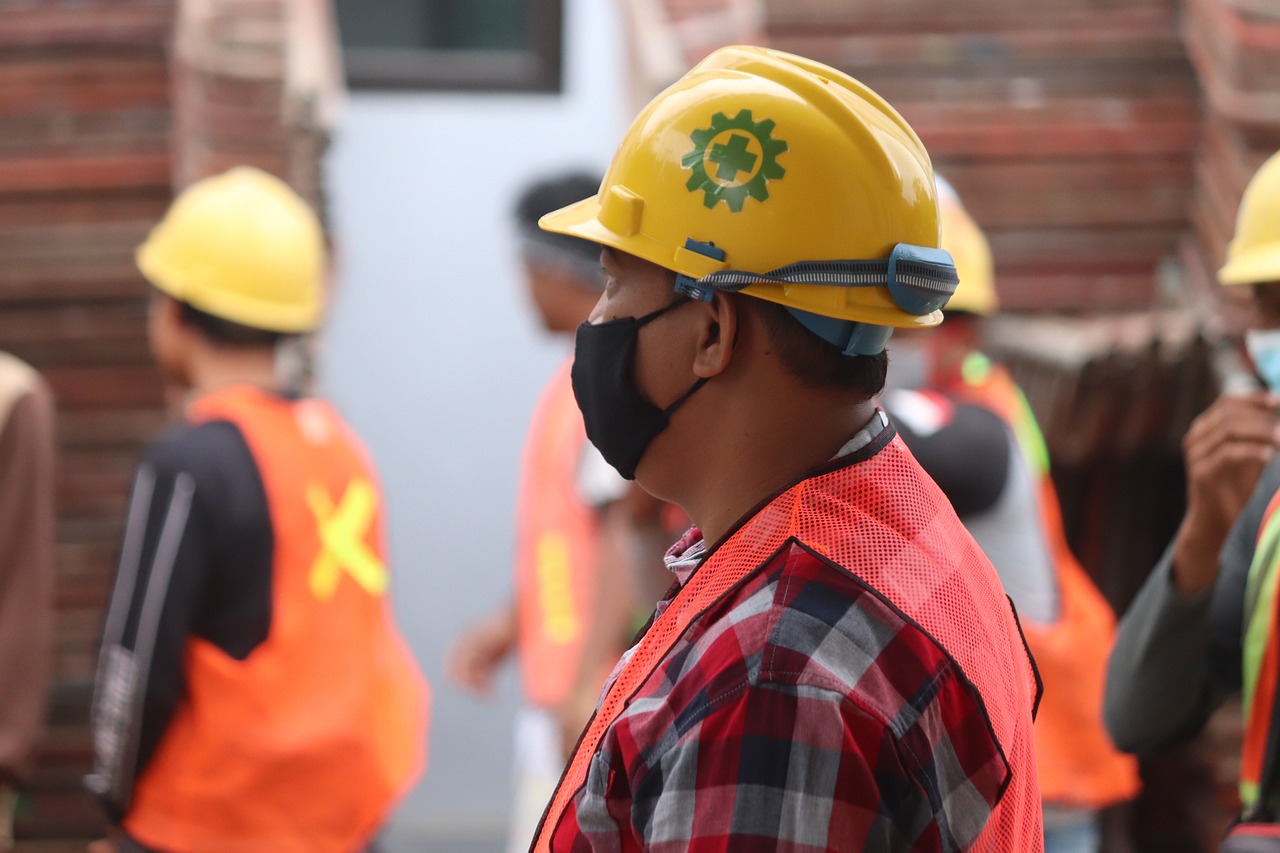
Choosing Safe Costumes
When it comes to Halloween, choosing the right costume is more than just about looking cool or scary; it's about ensuring your child's safety while they enjoy the festivities. Imagine your little one dressed as their favorite superhero or princess, but with a costume that hinders their movement or, worse, puts them at risk of tripping or falling. To avoid such scenarios, consider the following essential factors when selecting a costume:
- Visibility: Costumes should be bright and easily visible in low-light conditions. Think about adding reflective tape or glow-in-the-dark elements to help your child stand out.
- Comfort: Ensure that the costume fits well. A costume that is too big might cause your child to trip, while one that is too small could restrict their movement and make them uncomfortable.
- Materials: Opt for flame-resistant materials to minimize the risk of fire hazards, especially if your child will be near candles or jack-o'-lanterns.
Additionally, consider the weather. If it’s chilly, layering the costume with warm clothing underneath can keep your child comfortable without compromising their costume's look. And let’s not forget about accessories! Avoid sharp or dangerous props that can cause injuries. Instead, go for soft, flexible items that won’t hurt anyone if accidentally dropped or swung around.
Finally, let your child be part of the costume selection process. Not only does this make them feel involved, but it also allows you to gauge their comfort level with the costume. After all, a child who feels good in their costume is more likely to have a fantastic time trick-or-treating!
In summary, choosing a safe costume means being proactive about visibility, comfort, and material safety. By keeping these factors in mind, you can help ensure that your child has a fun and safe Halloween adventure without any unexpected surprises.
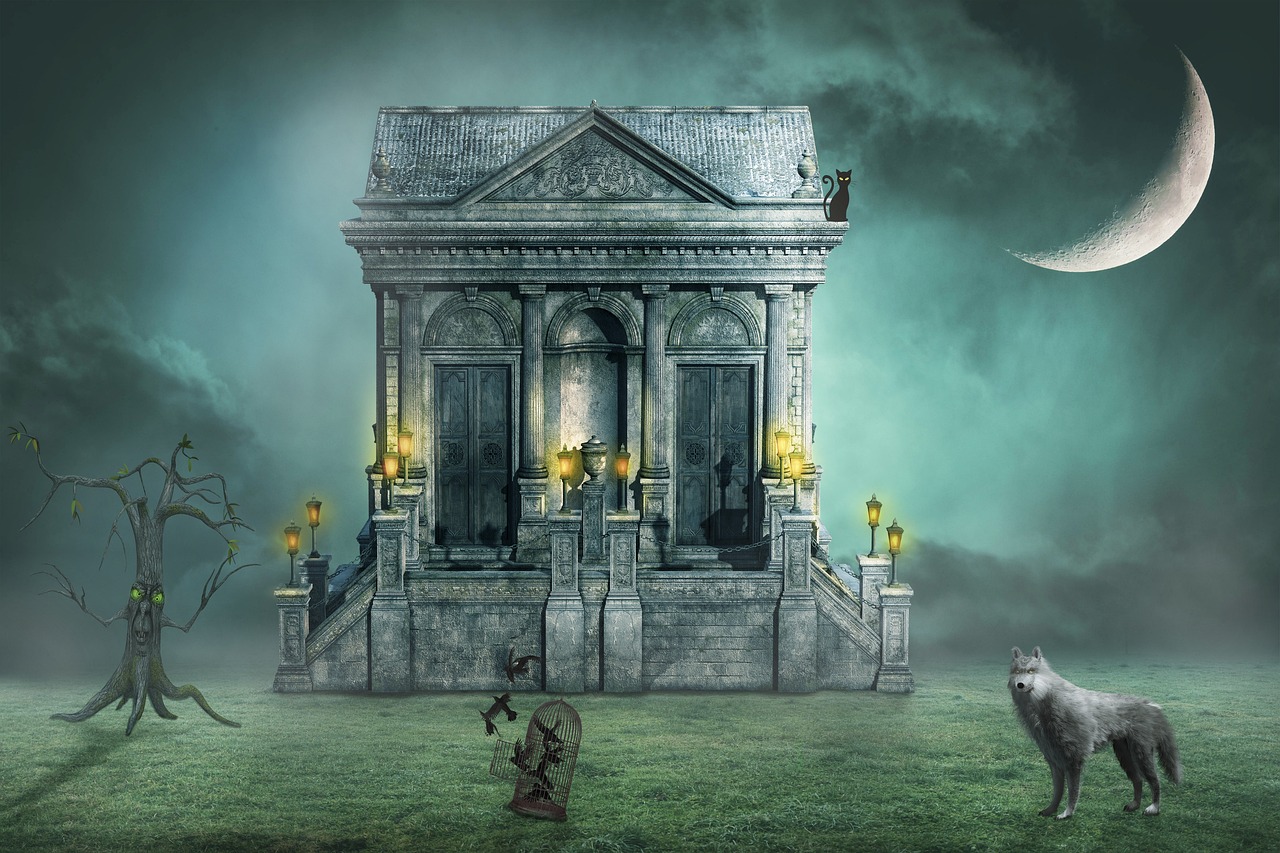
Trick-or-Treating Guidelines
When it comes to Halloween, trick-or-treating is the highlight for many kids, but it’s essential to establish clear guidelines to ensure a safe and enjoyable experience. One of the first things to consider is age-appropriate boundaries. Younger children may not be ready to navigate busy streets or dark neighborhoods, so it’s crucial to set limits on how far they can go. For older kids, having a curfew and a defined area can help keep them safe while allowing them some independence. This balance between freedom and safety is key, much like a tightrope walker carefully maintaining their balance to avoid a fall.
Another vital aspect is group supervision. Children should always go trick-or-treating in groups rather than alone. This not only makes the experience more fun but also enhances safety, as friends can look out for one another. Parents can take turns supervising groups, ensuring that there are enough adults around to keep an eye on the kids. This shared responsibility creates a sense of community, much like a neighborhood watch, where everyone looks out for each other’s safety.
Staying on well-lit streets is another critical guideline. Encourage kids to stick to familiar neighborhoods and avoid shortcuts through alleys or unlit areas. Not only does this reduce the risk of accidents, but it also helps parents feel more at ease knowing that their children are in well-populated areas. Additionally, remind kids to cross streets at designated crosswalks and to look both ways before crossing. It’s a simple rule but can make a significant difference, akin to wearing a seatbelt while driving—an easy precaution that can save lives.
As the evening progresses, the excitement can lead to distractions. Remind children to keep their phones charged and to stay connected with their friends and family. Having a quick way to contact parents in case of emergencies is crucial. You might even consider setting up a group chat on a messaging app to keep everyone informed about locations and any changes in plans. This way, everyone stays in the loop, just like a well-coordinated team working towards a common goal.
Finally, it’s essential to have an open line of communication with your children. Discuss the importance of being aware of their surroundings and trusting their instincts. If something feels off, they should know it’s okay to leave the situation or call for help. This empowerment can help children feel more secure, much like giving them a flashlight in a dark room—it provides comfort and guidance when navigating uncertainties.
- What age is appropriate for kids to go trick-or-treating alone?
Generally, children under the age of 12 should be accompanied by an adult or an older sibling. It’s essential to consider the maturity level of the child and the safety of the neighborhood. - How can I ensure my child stays safe while trick-or-treating?
Establish clear rules about where they can go, who they can go with, and what time they must return home. Encourage them to stick to well-lit areas and to avoid accepting candy from strangers. - Should I inspect the candy my child collects?
Absolutely! Always inspect candy for any signs of tampering and check for allergens. Teach your child the importance of not consuming treats until they’ve been checked.
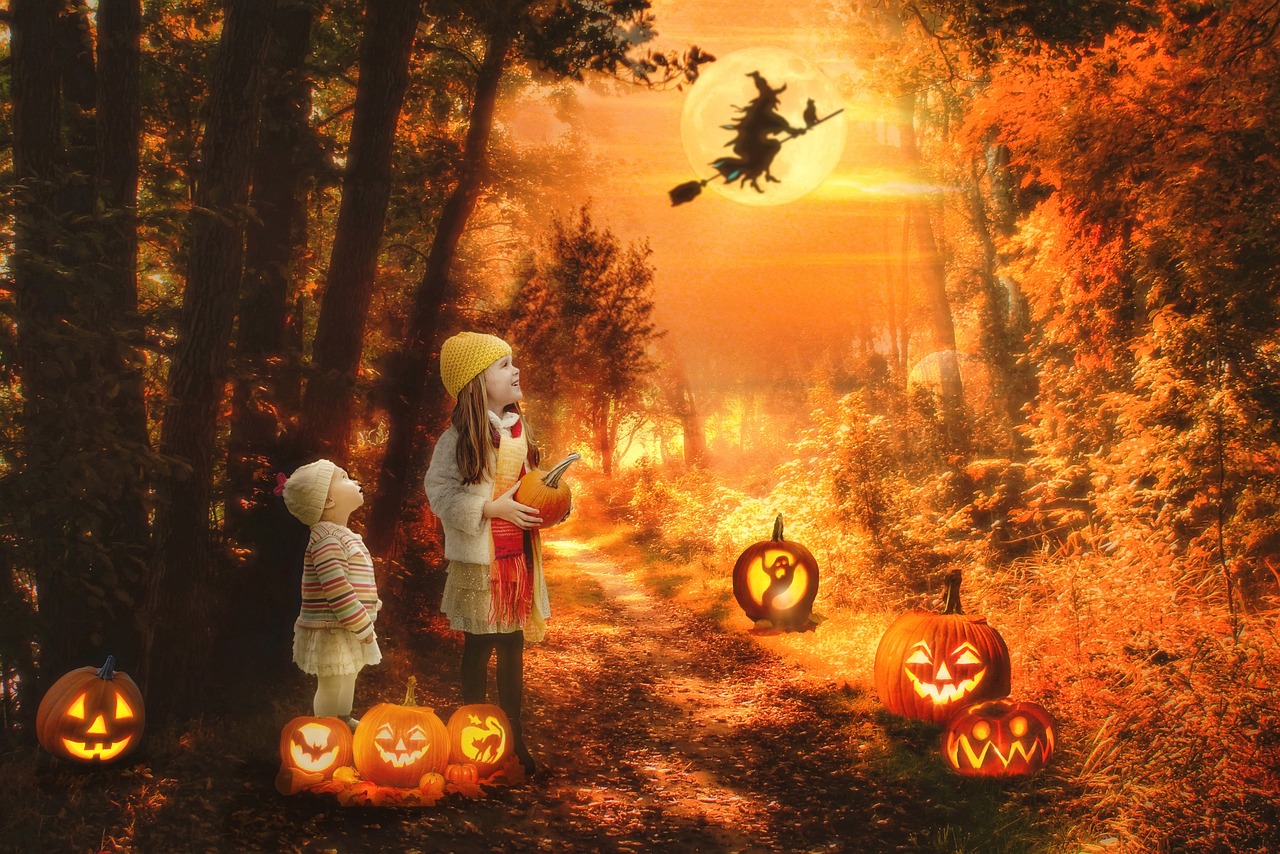
Age-Appropriate Activities
When it comes to Halloween, not all activities are created equal, especially when considering the age of your little ghouls and goblins. Tailoring Halloween activities to fit different age groups ensures that everyone can join in on the fun while staying safe. For instance, younger children may enjoy simple games like pumpkin decorating or costume parades, where the focus is on creativity rather than competition. These activities allow them to express their imagination in a safe environment.
As kids grow older, they might crave a bit more excitement. Think about organizing a scavenger hunt or a spooky story night for them. These activities can be thrilling yet controlled, keeping them engaged without exposing them to the risks that come with more adventurous outings. It's also crucial to set clear boundaries for older kids who may want to venture out on their own. Having a designated area where they can roam freely but still be monitored can strike a balance between independence and safety.
Here's a quick breakdown of age-appropriate activities:
| Age Group | Recommended Activities |
|---|---|
| Under 5 | Costume parades, pumpkin decorating, and arts and crafts. |
| 6-10 | Scavenger hunts, spooky story nights, and Halloween-themed games. |
| 11 and up | Haunted house visits, community events, and supervised trick-or-treating. |
By considering the age of your children, you can create a Halloween experience that is not only fun but also safe. Remember, the key is to keep the spirit of Halloween alive while ensuring that your kids are engaged in activities that are appropriate for their development level. So, whether they’re dressing up as their favorite characters or indulging in some spooky storytelling, you can rest easy knowing they’re having a blast without unnecessary risks.
- What should I do if my child wants to go trick-or-treating alone? It’s best to accompany younger children, but for older kids, set boundaries and ensure they have a mobile phone for safety.
- How can I ensure my child's costume is safe? Look for costumes made from flame-resistant materials, avoid long capes or skirts to prevent tripping, and ensure they can see clearly.
- What are some healthy alternatives to candy? Consider giving out stickers, temporary tattoos, or small toys that are just as fun without the sugar overload.
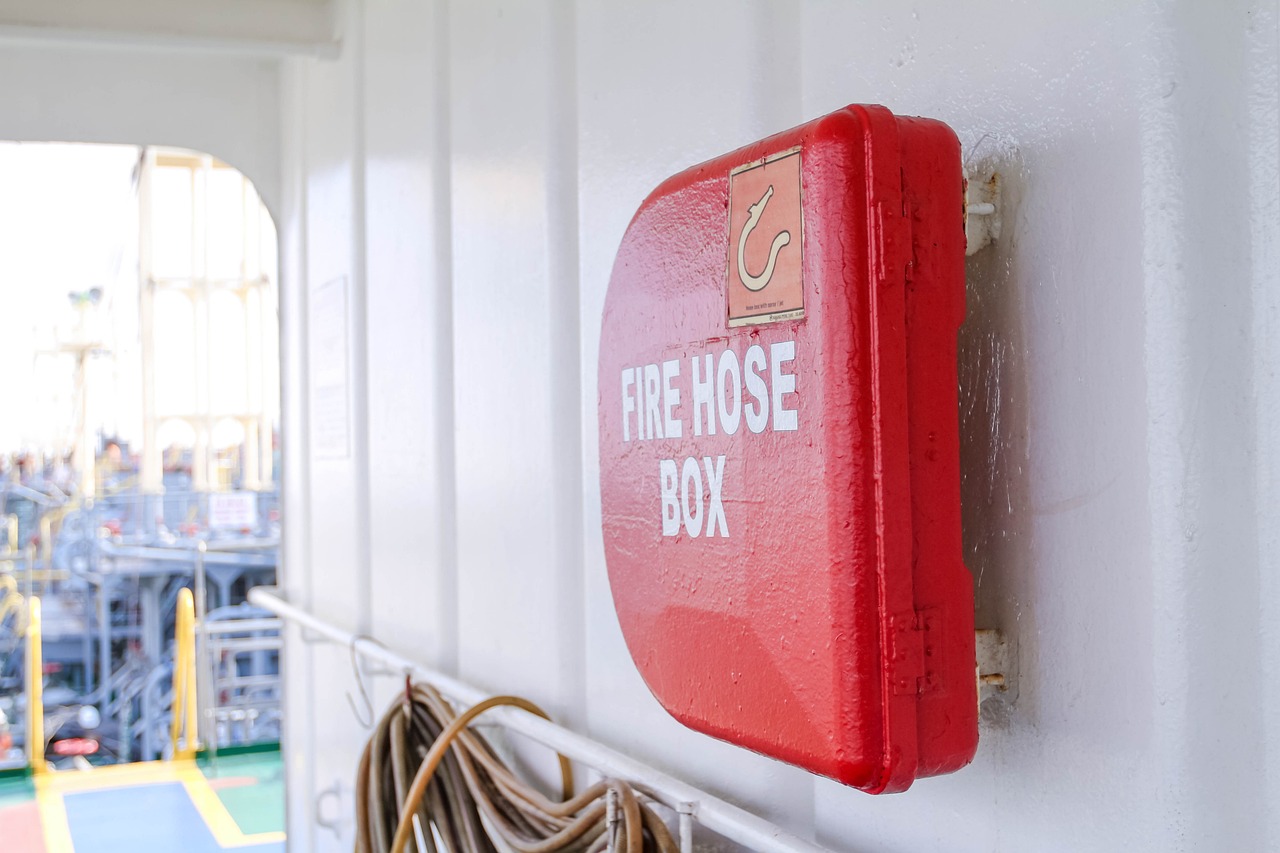
Supervision for Younger Kids
When it comes to Halloween, supervision is not just a good idea; it's absolutely essential for younger kids. Imagine this: your little ones are dressed in their adorable costumes, brimming with excitement as they head out for a night of trick-or-treating. But the streets can be bustling with activity, and the potential for mishaps is always lurking. That's why having a parent or guardian accompany them is crucial. Not only does it ensure their safety, but it also allows for a shared experience filled with joy and laughter.
As you walk alongside your children, you can help them navigate through the neighborhood, pointing out potential hazards such as uneven sidewalks, busy streets, and other trick-or-treaters. It’s like being their own personal superhero, keeping them safe from the unexpected. Plus, being with them means you can engage in conversations about safety, teaching them what to look out for and how to react in different situations.
It's also important to establish clear communication about the rules of the night. For instance, you might want to discuss the significance of staying together as a group and not wandering off alone. Children often get caught up in the excitement and might forget to stay close. So, having a few simple rules can go a long way:
- Always stay within sight of your adult supervisor.
- Don't cross the street without looking both ways.
- Stick to familiar neighborhoods and well-lit areas.
Moreover, consider using a flashlight or glow sticks to enhance visibility. These can be fun accessories that not only add to the costume but also help keep your child visible to passing cars and other pedestrians. You could even turn it into a little game, encouraging your child to spot the brightest lights on the street. The key is to make safety fun and engaging, so they remember the lessons learned long after the holiday is over.
In summary, supervision during Halloween is more than just a precaution; it's a way to create lasting memories while ensuring your child's safety. So, gear up, grab those flashlights, and prepare for a night of spooky adventures that are not only thrilling but also safe!
Here are some common questions parents may have regarding Halloween safety for younger kids:
- What age is appropriate for kids to go trick-or-treating alone? Generally, children under 12 should be accompanied by an adult or older sibling.
- How can I ensure my child's costume is safe? Look for flame-resistant materials, ensure the costume fits well, and consider adding reflective tape for visibility.
- What should I do if my child gets separated from me? Establish a meeting point beforehand and teach your child to stay put and look for a trusted adult.
- Are there safe alternatives to trick-or-treating? Yes! Consider hosting a Halloween party at home or participating in community events that offer safe activities.
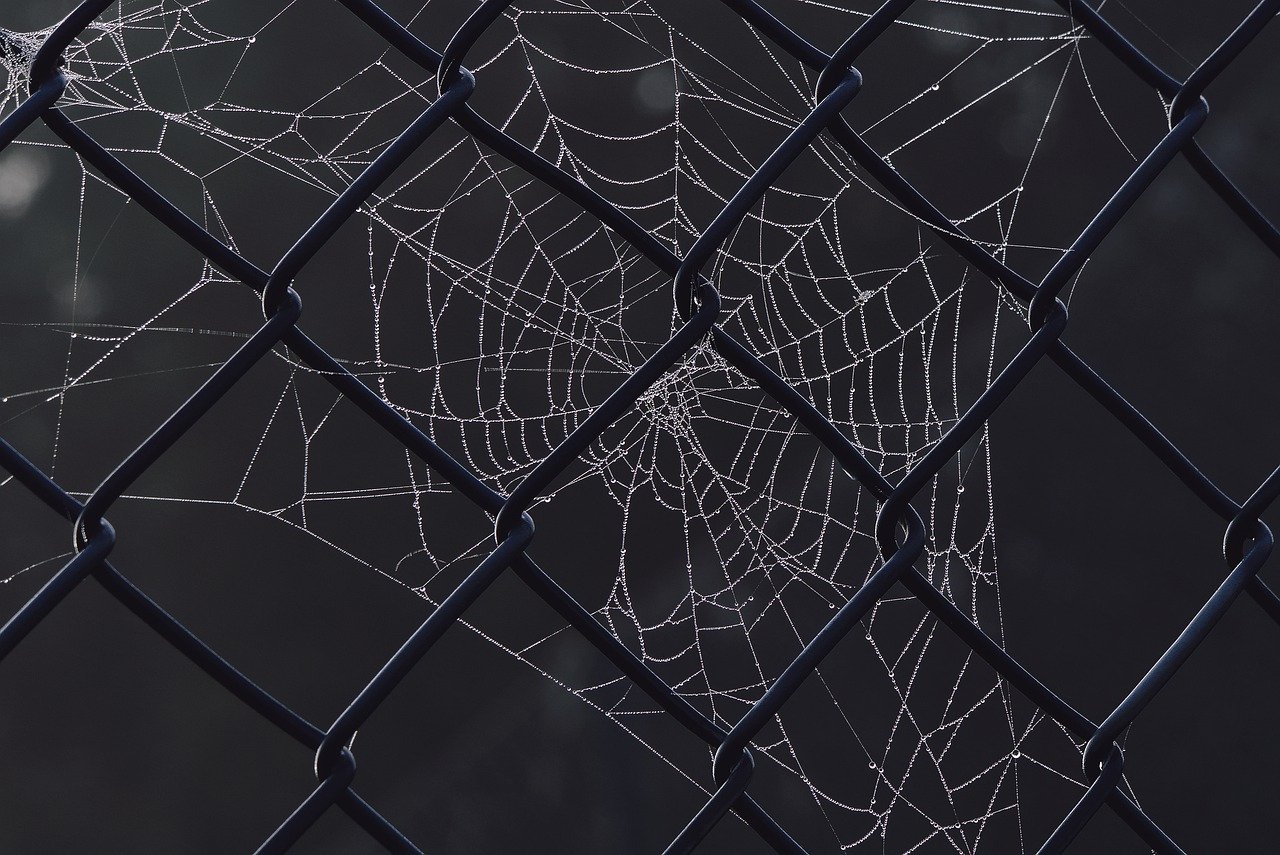
Encouraging Group Trick-or-Treating
When it comes to Halloween, there’s nothing quite like the thrill of trick-or-treating with friends. not only adds to the fun but also significantly enhances safety. Imagine your little goblins and witches, giggling and chatting as they wander from house to house, their excitement palpable in the cool autumn air. However, it’s essential to remember that while Halloween is all about candy and costumes, safety should always be a priority.
First and foremost, there’s strength in numbers. When kids travel in groups, they can keep an eye on one another and watch for potential dangers, such as cars or uneven sidewalks. This camaraderie fosters a sense of security, allowing children to enjoy their Halloween adventures without the constant worry of being alone. Plus, let’s be honest—trick-or-treating is way more fun when you’re sharing the experience with friends!
Parents can play a pivotal role in facilitating group trick-or-treating. Consider organizing a neighborhood event where families can come together, making it easier for kids to form groups. You could also set up a designated meeting spot where everyone can gather before heading out. This way, parents can ensure that their little ones are in safe company while also getting to know their neighbors better. After all, community spirit is what Halloween is all about!
While it’s important to encourage group outings, it’s equally vital to establish some ground rules. Here are a few suggestions:
- Set a Curfew: Agree on a specific time to return home. This ensures that everyone knows when to wrap up their Halloween fun.
- Stick Together: Remind kids to stay within sight of their group. This helps avoid anyone getting lost or separated.
- Communicate: Equip older kids with cell phones or walkie-talkies to keep in touch with their parents or guardians during the night.
In addition to safety, group trick-or-treating can also encourage children to share their Halloween bounty. After a night of collecting candy, they can swap treats with one another, creating a sense of community and friendship. This not only promotes sharing but also teaches kids about negotiation and compromise in a fun and festive environment.
So, as Halloween approaches, consider the magic that comes from encouraging group trick-or-treating. It’s an opportunity for children to bond, create lasting memories, and most importantly, stay safe. After all, a little bit of teamwork can go a long way in making this spooky holiday a delightful experience for everyone involved!
Q: What age is appropriate for kids to go trick-or-treating in groups?
A: Generally, children aged 8 and older can go trick-or-treating in groups, but it ultimately depends on the maturity of the child and the neighborhood's safety.
Q: How can I ensure my child stays safe while trick-or-treating in a group?
A: Make sure to establish clear rules, such as staying together, keeping in well-lit areas, and having a designated meeting spot in case anyone gets lost.
Q: Should I accompany my child if they are going with friends?
A: It’s always a good idea for at least one adult to supervise younger children. For older kids, consider checking in periodically to ensure they’re safe.
Q: What should I do if my child gets separated from their group?
A: Teach your child to stay calm, look for a trusted adult, and have a plan in place to reunite, such as returning to a designated meeting spot.
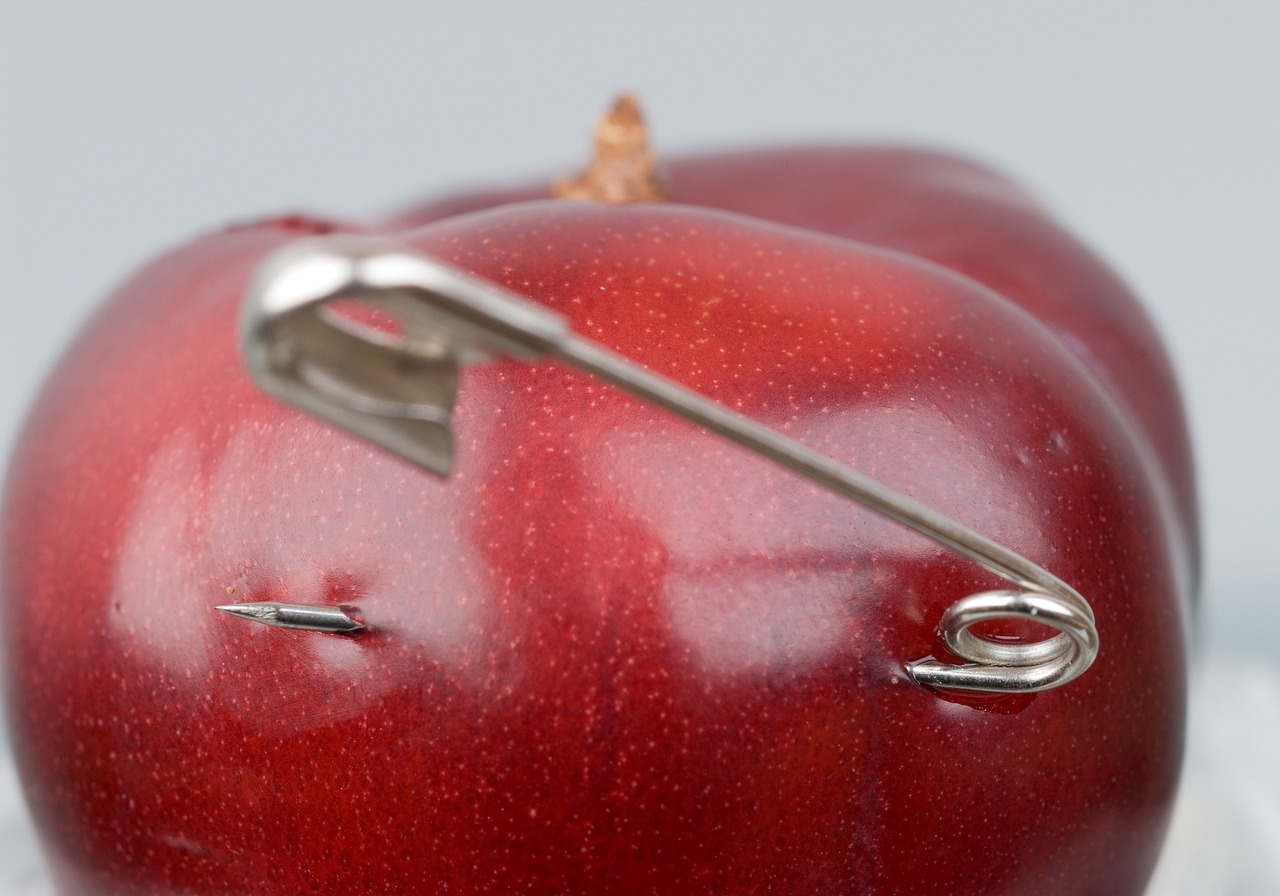
Costume Safety Tips
When it comes to Halloween, costume safety is not just an afterthought; it’s a fundamental part of ensuring that kids can enjoy their spooky adventures without any hiccups. First and foremost, always opt for flame-resistant materials. This is crucial because, let's face it, the last thing you want is a costume that could catch fire from a nearby candle or jack-o'-lantern. Look for labels that specify the fabric is flame-resistant; this little detail can make a world of difference.
Next, consider the fit of the costume. A costume that is too big can cause children to trip, while one that is too tight might restrict their movement. It's essential to strike a balance. If the costume has long capes or accessories, make sure they are tailored or pinned back to prevent any accidents. Additionally, think about the visibility factor. Costumes in dark colors can make it hard for drivers and other pedestrians to see children at night. To combat this, incorporate reflective elements into the costume. You can easily add reflective tape to capes, bags, or even masks to ensure that your little ghouls and goblins stand out in the dark.
Another important aspect is the use of face masks. While they can be a fun addition to many costumes, they often obstruct vision, which can lead to accidents. Instead of full masks, consider using face paint or makeup that allows for better visibility. This way, children can still achieve that spooky look without compromising their ability to see their surroundings. If a mask is necessary, make sure it has large eye holes and is securely fitted to avoid slipping.
Lastly, don’t forget about accessories. Props like swords, wands, or other items should be made of soft materials to prevent injury. Sharp edges or hard surfaces can lead to accidents, especially in the excitement of trick-or-treating. If your child insists on carrying a prop, it might be wise to create a safe alternative using foam or cardboard. Remember, the goal is to ensure the costume is not only fun but also safe for all the Halloween festivities!
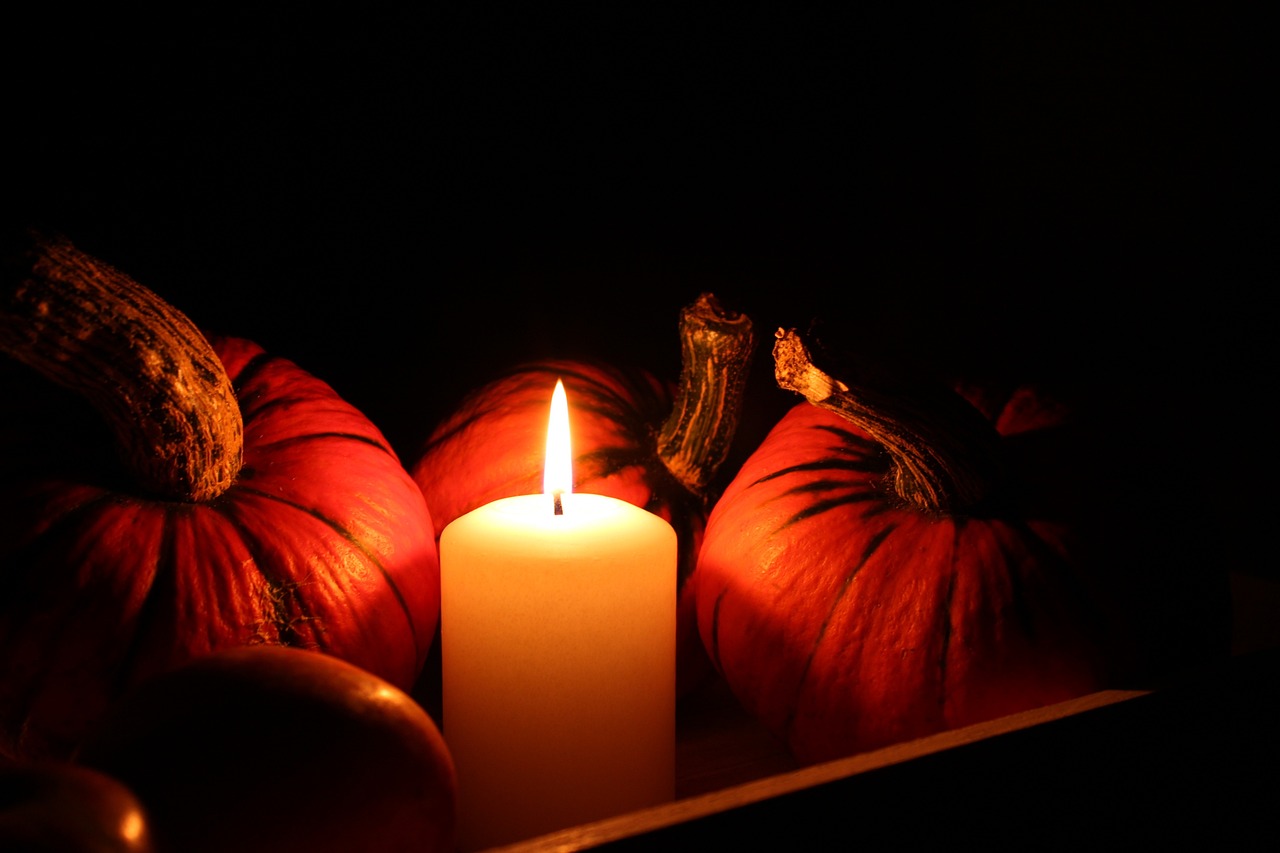
Safe Treats and Snacks
When it comes to Halloween, the excitement of dressing up and trick-or-treating is often overshadowed by concerns about safety, especially regarding the treats children collect. Ensuring the safety of treats is vital not only for peace of mind but also for the overall enjoyment of the festivities. Parents play a crucial role in this process, and it starts with a simple yet effective strategy: inspect all Halloween snacks before allowing kids to indulge. This practice can help identify potential hazards, such as tampered wrappers or allergens, which could pose a risk to your little ghouls and goblins.
One effective way to approach this is by creating a fun ritual around inspecting the candy. After returning from trick-or-treating, gather the family together and make it a game to check each piece of candy. Not only does this ensure safety, but it also teaches children the importance of being cautious with what they consume. Remember, it's not just about the candy; it's about creating lasting memories. As you go through the treats, you can discuss what to look for, such as:
- Unopened packages
- Intact wrappers
- Recognizable brand names
Additionally, it's essential to educate children about the importance of not accepting food from strangers while trick-or-treating. Reinforcing this message can significantly reduce the chances of them encountering unsafe snacks. Kids should understand that while Halloween is about fun and surprises, their safety should always come first.
Moreover, consider offering healthy alternatives to traditional treats, which can promote better eating habits without sacrificing the fun. Instead of sugary candies, think about distributing non-candy options like stickers, small toys, or even fruit snacks. These alternatives can be just as exciting and can help create a more balanced approach to Halloween treats. Here’s a quick comparison of traditional treats versus healthy alternatives:
| Traditional Treats | Healthy Alternatives |
|---|---|
| Chocolate bars | Fruit snacks |
| Hard candies | Stickers |
| Gummy bears | Small toys |
| Chewy taffy | Pretzel bags |
By incorporating these practices, parents can ensure that Halloween remains a joyous occasion filled with laughter and treats, without compromising safety. The key is to be proactive and involved, turning safety checks into fun family activities that everyone can enjoy. After all, Halloween is about creating memories, and what better way to do that than by ensuring our little ones can enjoy their treats without worry?
Q: How can I tell if candy has been tampered with?
A: Look for any signs of tears, holes, or unusual markings on the packaging. If anything seems off, it's best to err on the side of caution and discard it.
Q: What should I do if my child has a food allergy?
A: Always check labels for allergens and consider providing your child with their own safe treats to enjoy during Halloween.
Q: Are there safe alternatives to candy for trick-or-treaters?
A: Yes! Non-candy items like stickers, temporary tattoos, or small toys can be great alternatives that kids will love.
Q: How can I encourage my kids to be safe while trick-or-treating?
A: Discuss safety rules before heading out, such as staying in groups, using crosswalks, and being aware of their surroundings. Supervision is key!
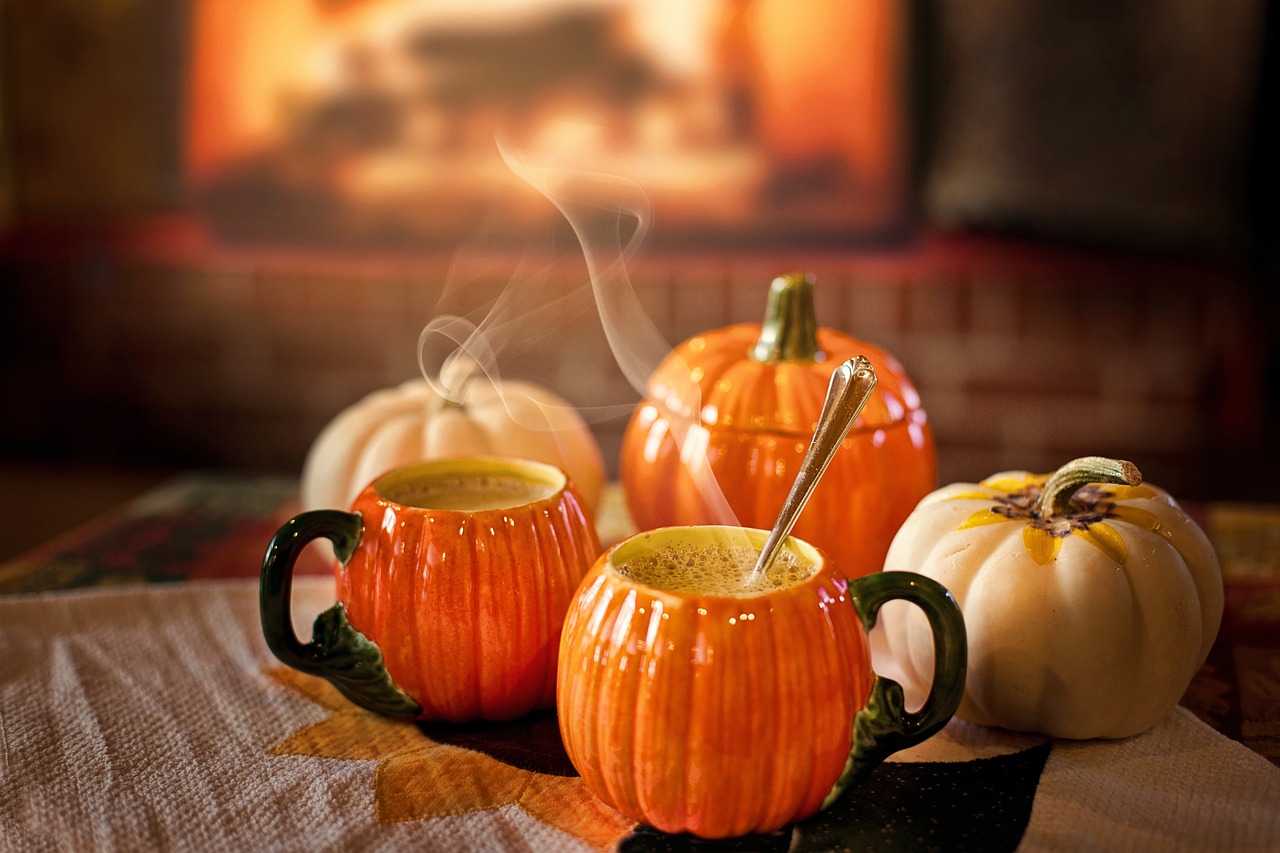
Inspecting Candy
After a thrilling night of trick-or-treating, the excitement of sorting through a mountain of candy can be overwhelming for kids. However, this is the perfect moment for parents to step in and take a proactive approach to ensure safety. is not just a precaution; it’s a vital part of Halloween festivities that can prevent potential hazards. First and foremost, parents should create a designated area for candy inspection. This can be a cozy spot at the kitchen table, where children can sit and eagerly await the process. It's essential to make this experience fun, turning it into a family bonding moment rather than a chore.
As you sift through the candy, here are some key points to keep in mind:
- Check for Tampering: Look for any signs of tampering such as broken seals, unusual packaging, or anything that seems out of the ordinary. If a candy wrapper looks suspicious, it’s best to toss it out.
- Examine All Treats: Make sure to check all treats, including homemade goodies. While many neighbors may have the best intentions, it’s important to be cautious about accepting food from strangers.
- Allergen Awareness: Be aware of any allergies your children may have. If you find candies containing allergens, be sure to remove those from the stash.
Additionally, it's a good idea to educate your children about the importance of this process. Explain to them why inspecting candy is crucial for their safety. This not only empowers them but also instills a sense of responsibility. You might say something like, “Just like we wear helmets when riding bikes to stay safe, we check our candy to keep our tummies safe!”
After the inspection, consider setting aside a few treats for a special occasion. This way, children can enjoy their haul over time rather than all at once, promoting moderation and healthier eating habits. You can even create a fun game out of it, where they get to pick a certain number of candies each day until they’re all gone. This can help to mitigate the sugar rush that often follows Halloween night.
In summary, inspecting candy is a simple yet effective way to ensure a safe Halloween for your children. By making it a fun family activity and teaching them about safety, you’re not only protecting them but also creating lasting memories. So, grab that candy bag, gather the family, and turn this necessary task into an enjoyable Halloween tradition!
- What should I do if I find tampered candy? Dispose of it immediately. Do not let your child consume any candy that looks suspicious.
- How can I educate my child about candy safety? Discuss the importance of inspecting candy and the reasons behind it. Use relatable analogies to help them understand.
- Are homemade treats safe to accept? It's best to avoid homemade treats from strangers. If you do accept them, inspect them closely.

Healthy Alternatives
This article explores essential tips and strategies for ensuring children's safety during Halloween festivities, from costume choices to trick-or-treating guidelines, helping parents create a secure and enjoyable experience.
Selecting the right costume is crucial for safety. Consider visibility, comfort, and materials to prevent hazards while ensuring kids can enjoy their Halloween adventures without risk of injury.
Establishing clear rules for trick-or-treating can enhance safety. Discuss age-appropriate boundaries, group supervision, and the importance of staying on well-lit streets to ensure a secure experience.
Different age groups have varying safety needs. Tailoring activities to suit children's ages helps ensure they can participate in Halloween festivities safely and enjoyably, minimizing risks associated with older children.
Younger children require close supervision during Halloween. Parents or guardians should accompany them while trick-or-treating, helping to navigate the streets and ensuring they stay safe from potential dangers.
Encouraging kids to trick-or-treat in groups fosters safety. Friends can look out for one another, making the experience more enjoyable while reducing risks associated with going out alone.
Costume safety is paramount for Halloween fun. Choosing flame-resistant materials, ensuring proper fit, and incorporating reflective elements can significantly enhance visibility and reduce accident risks.
Ensuring the safety of treats is vital. Parents should inspect all Halloween snacks for potential hazards and educate children about not accepting food from strangers to avoid risks.
Inspecting candy after trick-or-treating helps ensure children’s safety. Parents should check for tampering or allergens, teaching kids the importance of being cautious with their treats.
In a world where sugar seems to reign supreme during Halloween, it’s refreshing to consider that can still bring joy to the festivities. Instead of loading up on sugary candies, why not think outside the box? Offering non-candy treats can not only promote better eating habits but also create a unique Halloween experience for kids. For instance, consider handing out items like stickers, temporary tattoos, or small toys that can provide entertainment without the sugar rush.
Moreover, you can also opt for edible treats that are healthier, such as:
- Granola bars - These can be a great alternative, packed with nutrients and often enjoyed by kids.
- Dried fruits - Items like raisins or apricots can satisfy a sweet tooth while being healthier.
- Popcorn - A fun, crunchy snack that can be flavored in various ways and is generally a hit with children.
By choosing these alternatives, you not only reduce sugar intake but also encourage children to think differently about treats. It's a win-win situation! Plus, you might just surprise them with how much they enjoy these healthier options. So, this Halloween, let’s make it a little less about candy and a lot more about creativity and fun!
Q1: What are some good non-candy Halloween treats?
A1: Non-candy treats can include items like stickers, temporary tattoos, small toys, granola bars, or dried fruits. These options can be just as fun and enjoyable for children while promoting healthier choices.
Q2: How can I ensure my child's costume is safe?
A2: Choose costumes made from flame-resistant materials, ensure they fit well to prevent tripping, and incorporate reflective elements to enhance visibility during nighttime activities.
Q3: Should I accompany my child while trick-or-treating?
A3: Yes, especially for younger children. It's important to supervise them closely to ensure their safety as they navigate streets and interact with others.
Q4: How can I help my child understand the importance of safety during Halloween?
A4: Educate your child about the potential dangers of accepting treats from strangers and the importance of staying in well-lit areas. Discuss safety rules before heading out to trick-or-treat.
Frequently Asked Questions
- What are some tips for choosing a safe Halloween costume?
When picking out a Halloween costume, make sure to choose one that is brightly colored or has reflective elements. This helps ensure your child is visible to drivers. Additionally, opt for costumes made from flame-resistant materials and ensure they fit well to prevent tripping hazards.
- How can I ensure my child is safe while trick-or-treating?
Establish clear guidelines for trick-or-treating, such as sticking to well-lit streets and avoiding unfamiliar neighborhoods. It's also crucial to supervise younger children closely and encourage them to go out in groups with friends for added safety.
- What age-appropriate activities can I plan for Halloween?
For younger kids, consider hosting a small Halloween party with games and crafts. Older children might enjoy a spooky movie night or a haunted house visit. Tailoring activities based on age ensures everyone has a fun and safe time!
- How should I inspect Halloween treats?
After trick-or-treating, parents should thoroughly inspect all candy for any signs of tampering, such as broken seals or unusual packaging. It's also wise to check for allergens and remind kids not to eat anything until it's been checked.
- What are some healthy alternatives to candy for Halloween?
Instead of traditional sugary treats, consider giving out non-candy items like stickers, small toys, or even fruit snacks. These alternatives can be just as fun and help promote healthier eating habits during the Halloween season.


















